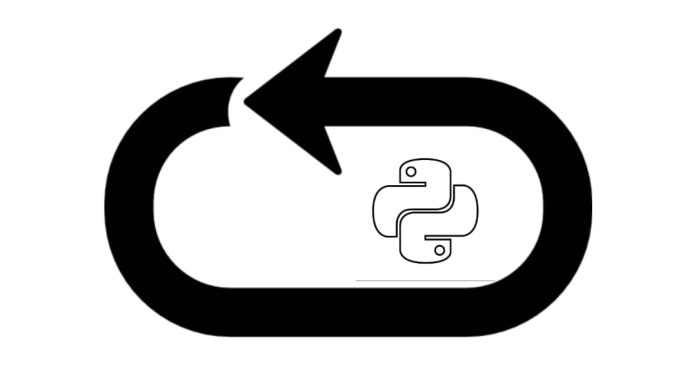A Python while loop repeatedly executes a block of code as long as a specified condition is true. The syntax is as follows:
while condition:
# Code to execute
The loop begins by evaluating the condition. If it’s true, the code inside the loop runs. After each iteration, the condition is checked again. If the condition is false, the loop exits, and the program continues with the next statement after the loop.
For example:
count = 0
while count < 5:
print(count)
count += 1
This will print numbers 0 through 4. If the condition is never false, the loop can lead to an infinite loop, so it’s crucial to modify the variables inside the loop to eventually break the condition.
while loops are useful for scenarios where the number of iterations is not known beforehand, unlike for loops, which iterate a fixed number of times.


